We have now completed Phase 1 of the Traineeship.
This was completed in week 6 with a day visit to the Biological Records Centre in Wallingford, where we were given a tour of the Centre as well as attending lectures by various staff at the Centre on the work they do. We met Professor Helen Roy, who wrote a field guide on Coccinellidae (Ladybirds), a guide that I have been using. It’s always great to meet the people behind the resources, but unfortunately I did not have my copy of the guide with me to get an autograph!
So in week 7, Phase 2 begins for us all. Is it week 7 already? Time flies when you’re enjoying yourself!
Phase 1 gave us a great grounding to the work we will be involved with while we are on the Traineeship at The Natural History Museum, as well as the work and the research the Museum undertakes. In Phase 2 we are continuing to develop our skills and we have been immersed further with contributing to the work that the Angela Marmont Centre (AMC) is busy with. This work includes assisting staff there with public enquiries and any other work they may have that requires assistance, such as data-basing the AMC library, recording an egg collection to add to the Synoptic Collection stored in the AMC and any other associated work – so very varied and interesting work.
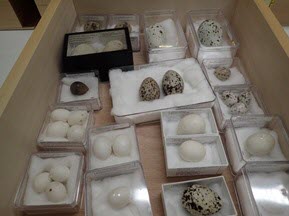
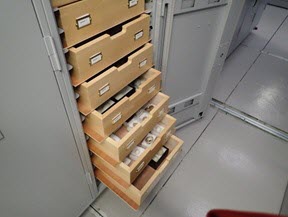
We started at the beginning of Phase 2 with a Newt surveying workshop. Led by our manager/mentor (and organiser of anything else that needs to be done) Steph West, we learnt about all the protocols behind surveying for Newts in the AMC workshop. We then moved out to the Wildlife Garden Ponds to survey during the day and laid bottle traps to check in the morning. This was a really enjoyable and insightful experience, something most of us had not been involved in before, and of course getting so up close to the impressive looking Newts was really exciting.
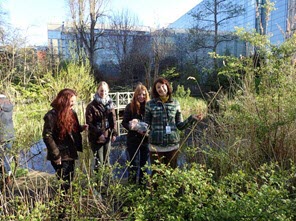
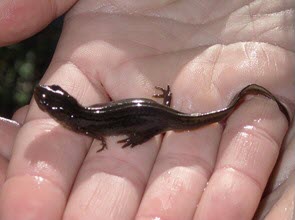
In week 8, we continued the theme of Phase 2 – providing us with practical training designed to give us a broad range of identification skills. We took part in an Earthworms Workshop with Emma Sherlock, with a field visit to Kensington Gardens
During this time we were also given the opportunity to put together a display for the Brompton Bio-Blitz in late May, so a lot of time between workshops was devoted to coming up with ideas for a display that would engage the public.
We were also told we would be given the opportunity to go to a chosen Field Studies Centre on a training placement shadowing staff, learning teaching skills and participating in a course to learn more about the technicalities of running and teaching a course, but more about these later.
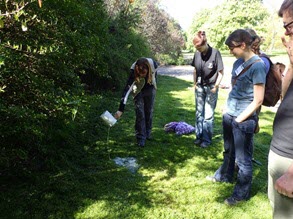
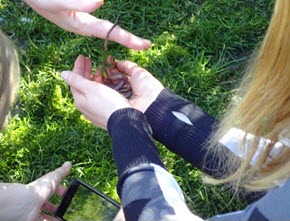
As we entered week 9, there really was not a lot of time to draw breath, but we were all really looking forward to the Coleoptera Workshop with Roger Booth, an expert and an inspiring teacher of Coleoptera and Natural History. We were not disappointed, because it was a great learning experience, and seeing the collection and hearing the information about the history and on-going research in the field of Coleoptera was fascinating.


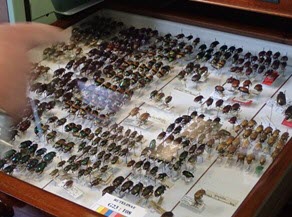
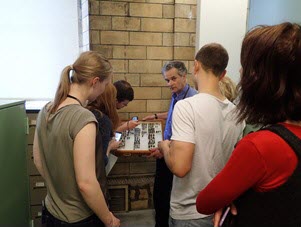
It was now time to prepare for our Field Studies Council placement. We had all chosen and been accepted to go to different Field Studies Council (FSC) centres for a week, from Malham Tarn in the Yorkshire dales to Dale Fort on the Pembrokeshire coast, with slightly varying starting dates. Looking forward to our placements, we all scattered off to five corners of the country.
We all had an amazing time, learning and really enjoying the whole experience, coming back to the Natural History Museum to share the knowledge gained. We all saw some amazing sights and habitats and gained a lot of insight into the management of FSC centres and how they deliver, organise and teach their courses, which will really benefit us all in the future.
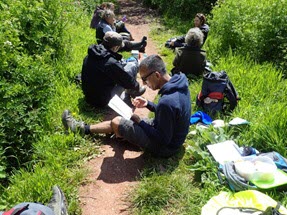
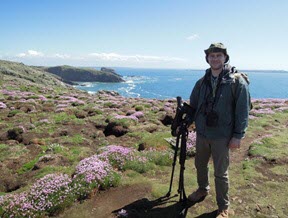
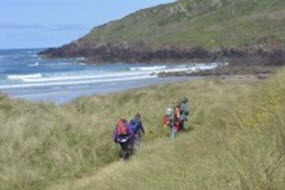
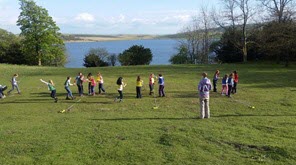
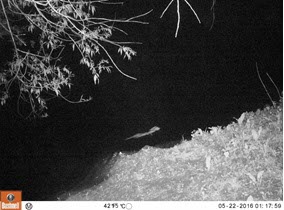
On return from the FSC placement, some of us went straight into preparing for the Brompton Cemetery Bio-Blitz: 2 days of recording all the species in the Cemetery. This event gave us an opportunity to engage the public and test out our pollinating insects’ display, a combination of asking members of the public to match up the larval stage of a specimen with its adult stage and discuss any other aspect of the specimen we may have knowledge of. It was a fantastic two days that went really well and we’re eagerly anticipating the next one.
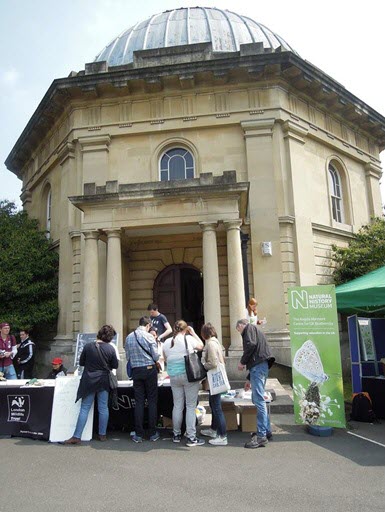
Phase 2 continues, with a Bryophytes workshop lead by Dr Fred Rumsey fast approaching, which we are all really looking forward to.
We continue to learn and enjoy the whole experience. Further updates will follow as we continue with Phase2.
Update written by Jas Bopari
